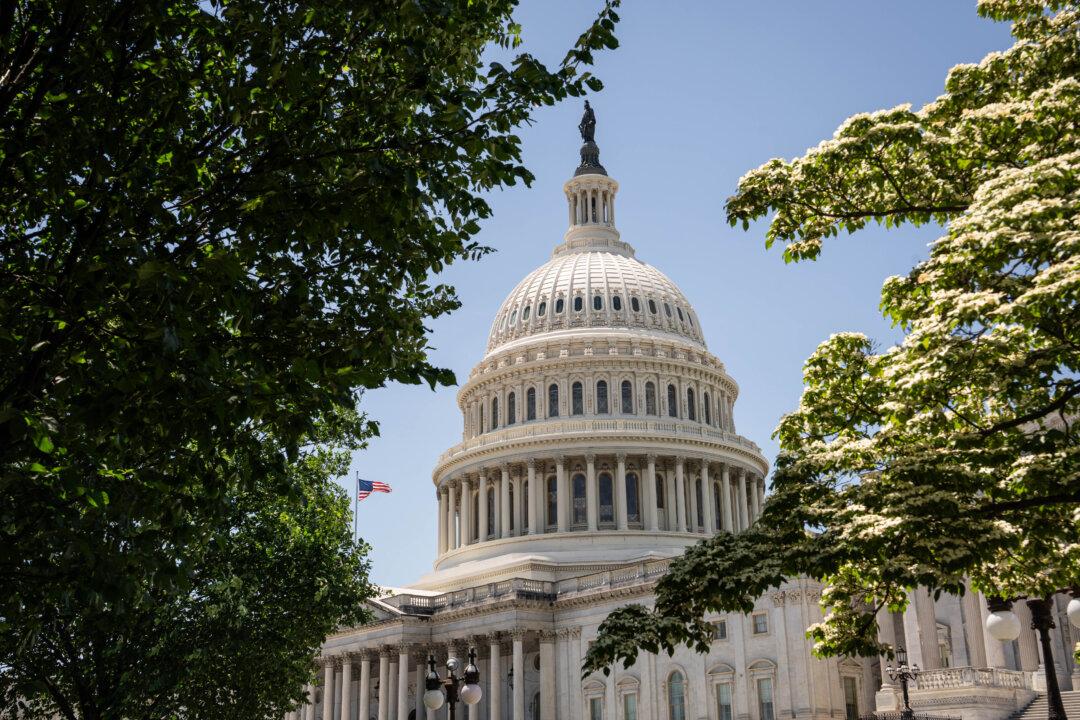Two U.S. Navy ships in the Middle Eastern waters have been ordered back to port due to confirmed and suspected CCP virus outbreaks among their crew, naval officials said Friday.
At least a dozen service members aboard the amphibious transport dock USS San Diego have tested positive for the virus, and the guided-missile cruiser USS Philippine Sea is investigating several suspected cases, the U.S. 5th Fleet, which is based in the Kingdom of Bahrain and oversees Navy activities in operations in areas including the Persian Gulf and the Red Sea, said in a statement.





